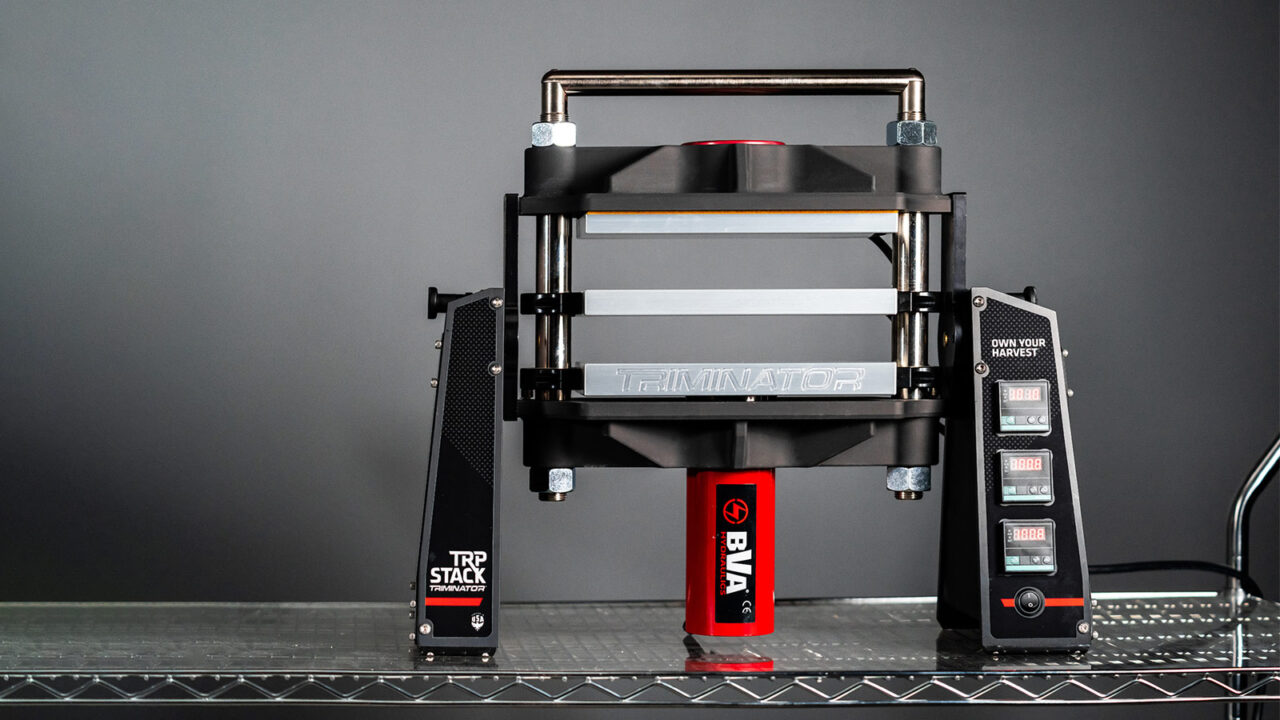Researching Gaining Ground on Rose Rosette

Verified rose rosette disease reports across the U.S. (Texas A&M AgriLife illustration by Gabe Saldana)
A comprehensive national effort targeting rose rosette is gaining ground. The team involved in this battle, which is comprised of 30 industry and academic entities led by Texas A&M University, has tracked the disease across the U.S., developed new diagnostic tools, and expedited breeding with hundreds of new molecular markers.
Since the project’s beginning in 2014, part of its $4.6 million grant helped establish RoseRosette.org, a website that tracks disease distribution, says Dr. Kevin Ong, Director of Texas A&M AgriLife Extension Service’s Texas Plant Disease Diagnostic Lab in College Station. It is also a clearinghouse for educational rosette information.
Pathologists have verified more than 2,100 rose rosette occurrences in about 30 states through user photo submissions to the website so far.
In Texas, rose rosette is most highly concentrated in a few northern counties around the Dallas-Fort Worth area. Meanwhile, states across the Midwest from Kansas to Maryland comprise the densest affected U.S. regions.
Detecting the Disease
Researchers continue to test an array of genomic tools they’ve developed since 2014 to verify reported rose rosette. The group’s plan — along with renewal of their USDA grant in 2020 — is to produce a serological test, which functions like a home pregnancy test for rose rosette in the field.
“These are tools that could be used for consistent, economical rose rosette confirmation,” Ong says. This would lead to quicker determinations on rosette presence and more time for growers to plan interventions. But once the virus is detected, understanding how to proceed presents its own challenges.
Understanding the Virus
The initiative’s virology team, led by Dr. Jeanmarie Verchot with Texas A&M AgriLife Research in Dallas, seeks solutions to rose rosette from clues about its underlying emaravirus. The team seeks to capture the virus in field plots at Dallas, and to clone it for observation under greenhouse conditions.
“Very little is known about the mechanisms of this virus and how it interacts with plants,” Verchot says. Among her team’s duties is reconciling varied reports on the virus’ genome size and complexity. They will explore gene segment counts, symptomatic effects of each segment on rose plants, and the effects of combined segments.
“We want to know, ‘how is the virus stopped by resistance mechanisms in plants?’” Verchot says. “‘Do they block the virus replicating itself, or block it from ever entering the vascular system? How does the virus interact with the plant?’ We’re at the beginning of all those experiments now.”
Read the full Texas A&M story here.









